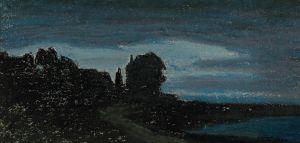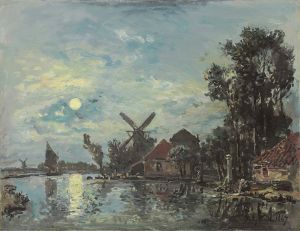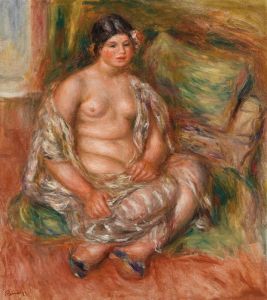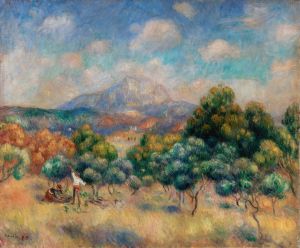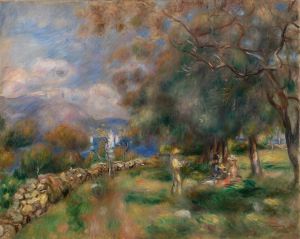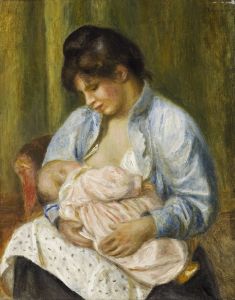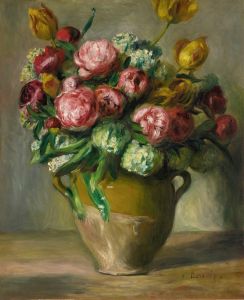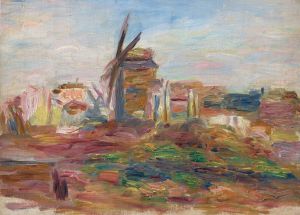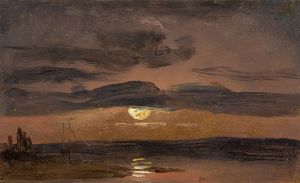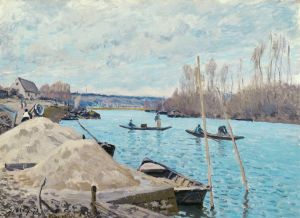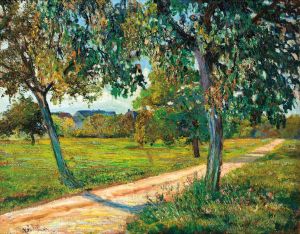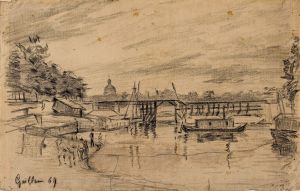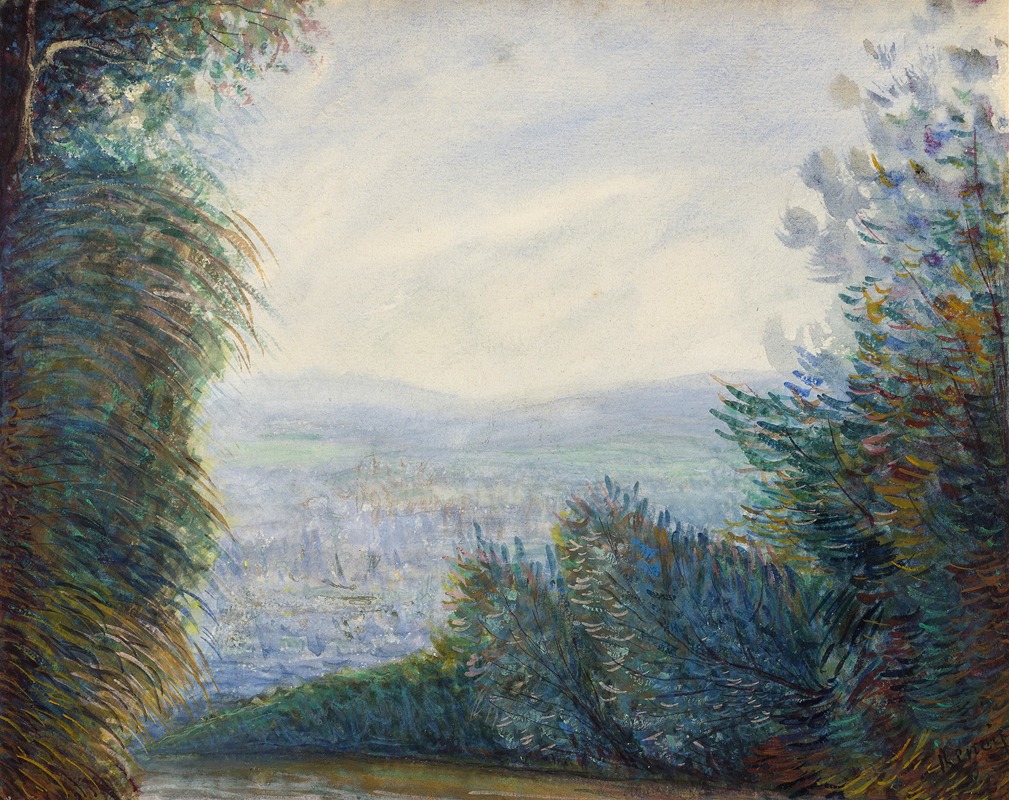
The Auvers Valley on the Oise River
A hand-painted replica of Pierre-Auguste Renoir’s masterpiece The Auvers Valley on the Oise River, meticulously crafted by professional artists to capture the true essence of the original. Each piece is created with museum-quality canvas and rare mineral pigments, carefully painted by experienced artists with delicate brushstrokes and rich, layered colors to perfectly recreate the texture of the original artwork. Unlike machine-printed reproductions, this hand-painted version brings the painting to life, infused with the artist’s emotions and skill in every stroke. Whether for personal collection or home decoration, it instantly elevates the artistic atmosphere of any space.
Pierre-Auguste Renoir's The Auvers Valley on the Oise River is a landscape painting created by the French Impressionist artist. Renoir, known for his vibrant use of color and light, painted this work during a period when he was deeply engaged with capturing the natural beauty of the French countryside. The painting depicts the serene and picturesque Auvers Valley, located along the Oise River in northern France. This region was a popular destination for many artists of the 19th century, including Vincent van Gogh and Camille Pissarro, due to its scenic landscapes and tranquil atmosphere.
The artwork exemplifies Renoir's Impressionist style, characterized by loose brushwork, a focus on natural light, and an emphasis on capturing the fleeting effects of the environment. In this painting, Renoir employs a palette of soft greens, blues, and earthy tones to convey the lush vegetation and the gentle flow of the river. The composition is balanced, with the river winding through the valley, leading the viewer's eye into the distance. The interplay of light and shadow across the landscape demonstrates Renoir's mastery in portraying the dynamic qualities of nature.
Renoir's choice of subject reflects the Impressionist movement's broader interest in depicting everyday scenes and the beauty of the natural world. Unlike traditional academic art, which often focused on historical or mythological themes, Impressionist works like The Auvers Valley on the Oise River sought to capture the immediacy of the artist's surroundings. This approach was influenced by advancements in portable painting materials, such as tube paints, which allowed artists to work outdoors (en plein air) and directly observe their subjects.
While specific details about the creation and provenance of The Auvers Valley on the Oise River are limited, it is consistent with Renoir's broader body of work during the late 19th century. This period marked a time when he frequently explored rural landscapes and sought to convey the harmony between humanity and nature. The painting is celebrated for its ability to evoke a sense of peace and connection to the natural world, hallmarks of Renoir's artistic vision.
As with many of Renoir's works, The Auvers Valley on the Oise River continues to be admired for its technical skill and its contribution to the Impressionist movement. It serves as a testament to Renoir's ability to transform ordinary scenes into timeless works of art.





